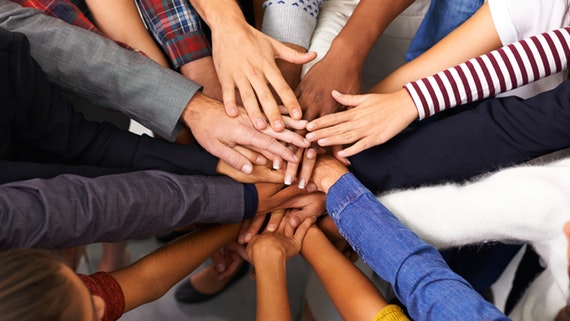As workforce demographics shift and different generations find themselves working together, diversity has increasingly become a business necessity instead of a badge that companies use to show their commitment to embracing change.
In Part 1 of this topic I touched on Australia’s multigenerational workforce, sharing insights into how individuals of differing ages, skillsets and demographics work together, and how successful leaders draw upon these different learning styles to both manage and unify their teams. Part 2 delves deeper into what diversity actually looks like – outside of age – and why cultivating a diverse workforce should be everyone’s priority.
So what is diversity?
Beyond age, race or gender, diversity is really just about differences — of opinion, ideas, skills, knowledge, background or culture: diversity is anything that sets one individual apart from another. It’s also about embracing these differences and fostering a variety of thought, creating a culture that encourages innovation, and supporting our diverse teams through understanding and acceptance.


Why should we care?
A diverse workplace is a more productive workforce, which at a basic level allows your business to benefit from different perspectives, improve community relations and explore more innovative, creative thinking. Diversity should be viewed as transformative, not transactional; contributing to your company’s ability to cope with change, and dispel myths surrounding preconceived ideas of how certain individuals work. For example, recent data suggests that Millennials can change their job up to 15 times throughout their career. While the presumption is that younger generations are less committed to their work, their reasons for doing so are not dissimilar to those of Gen Y-ers and Baby Boomers: they want to earn more money, they seek a greater work-life balance, or they want to work in more creative and innovative environments. They also want to advance their career while doing what they’re most passionate about – not because they feel entitled, but because they have the freedom to do so.
When it comes to conflict management, most challenges arise when a lack of understanding takes place, and conflict in the workplace is inevitable regardless of the industry or work environment. However, we often find that employees who acknowledge and embrace others’ differences also discover similarities, such as being motivated by common goals or personal values. It is here that mutual respect is formed, encouraging co-workers to bond over their differences while learning to work together. When diversity is well managed and employees are trained on cultural sensitivity and awareness, collective morale is improved and the ideal result is a workplace where all people are validated and regarded as important, regardless of their differences.
In understanding that diversity is important, where do we begin to make changes? Firstly, by understanding what diversity is, and by becoming more aware of it as an area of growth and opportunity. Beyond that, it’s about consciously thinking about diversity in the ways we recruit, train and develop our teams, in our mentorship and our communications, and at both internal and external levels.
A genuine commitment to diversity is rewarding, as diverse teams promote varied skillsets, a broad range of knowledge and experience, and an engaged and often passionate pursuit of innovation and creativity. Businesses that are sincere about promoting diversity in the workplace should embrace the opportunity to adopt methods of recruitment and development that go beyond legislative requirements. To be fully embracing of diversity is to no longer question if we are diverse enough. Valuing a diverse workforce means establishing a work environment that respects and includes differences, while recognising the unique contributions that all individuals can make.











Leave a Reply
Want to join the discussion?Feel free to contribute!